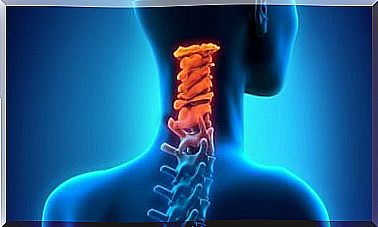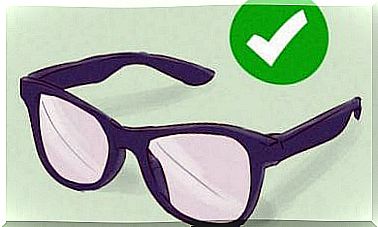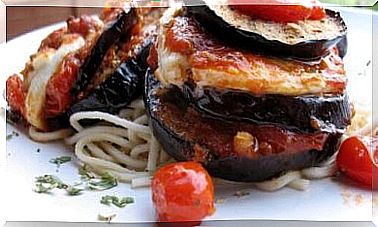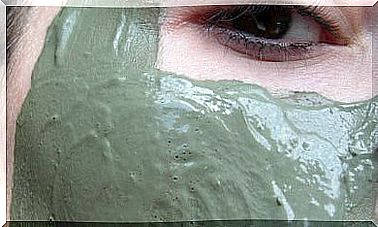Relieve Knee Pain With Proper Training
Routine, targeted stretching and movement can help us strengthen our knees. The intensity of the exercises performed must be adapted to our body and our condition so that we do not overload the joints
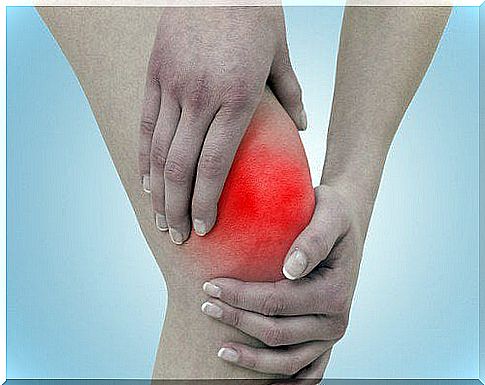
Did you know that knee pain has no gender or age differences? Through the right training you can relieve knee pain.
More and more people are affected by knee pain and the main cause is our lifestyle, which is characterized by long periods of sitting with little movement and the often resulting excess weight.
But practicing complex, knee-stressing sports is also responsible for a significant proportion of knee pain.
In this article we would like to give you some background information about knee pain and, above all, introduce you to the right training with which you can strengthen the muscles that surround the knee joint.
This takes the strain off the knee joints and makes them less prone to problems.
Why do our knees hurt?
Our knees are the largest joints we have. They allow us to run, run, jump, and do so many other movements that fill us with zest for life.
Unfortunately, they wear out over time. The progress of wear and tear is heavily dependent on our lifestyle.
About every third person who visits an orthopedic surgeon complains of knee pain. But why is knee pain so common?
Obesity
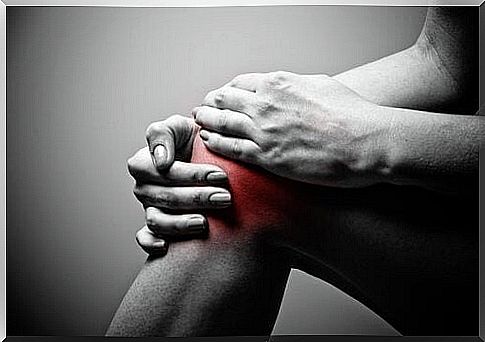
Our knees have to support our body and all the pounds it weighs. Overweight is particularly stressful for supporting joints such as the knees and can lead to severe pain, which often becomes chronic without weight reduction.
People who are overweight often do not like to stand for long periods of time and do not move much because the pain becomes even worse when they are exerted. This leads to a vicious circle in which knee pain is both a consequence and a cause.
Intense sport
Conversely, high intensity sports that put strain on the knees are also poisonous for the joints.
In addition to a healthy diet, physical activity is the most important requirement for health and well-being, but the joints must not be overloaded.
Frequently practiced sports such as soccer and skiing, for example, are very stressful on the knees. The excessive strain on the knee joints inevitably leads to knee pain, which then makes it necessary to take a break from training.
Anyone who trains to achieve their personal goals in sport should know that muscles are built up very quickly, while the resilience of tendons, ligaments and other supporting structures only increases slowly.
This means that knee injuries often occur , especially when the training intensity increases rapidly.
Unsuitable footwear
With every step in which the feet are placed on the ground, shocking forces act on our knees.
These forces are particularly intense in sport, which we rarely devote more than an hour or two a day. In contrast, we move around in our street shoes all day and put a lot more strain on our knees than we are aware of.
Wearing high heels in particular interrupts the natural sequence of movements when walking. The steps are shortened, the knees remain half-bent. In the medium term, this can cause knee pain, and in the long term even osteoarthritis.
We recommend wearing shoes that are tailored to our personal needs. Those who run on the street wear different shoes than those who train off-road.
Anyone who stands at work all day has different needs than someone who sits in the office.
Bad habits
Many of these habits are “not thought through” rather than “bad”. Climbing stairs, sitting down and getting up again, running, cycling … all of these forms of movement can either benefit or harm us.
It depends on how the individual movement is carried out.
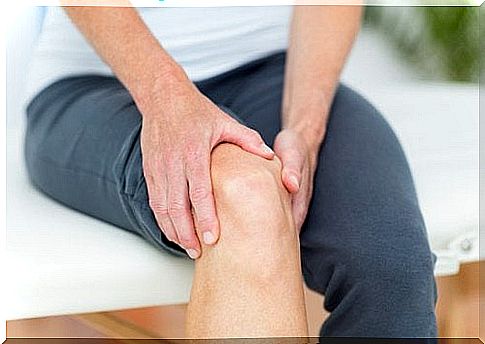
Age
With age, the joints wear out more and more, supporting structures and muscles become weaker. If we do not take care of our knees, it is very likely that by the age of 60 we will develop chronic knee pain that reduces our quality of life.
Knee osteoarthritis is very common and occurs when the knee joints are badly worn.
The bones involved in the joint are covered by a layer of cartilage, which enables smooth action. If this layer of cartilage becomes too thin, every movement hurts.
The right training for the prophylaxis and treatment of knee pain
A very effective method for the prophylaxis and treatment of knee pain is the right training with light to moderately demanding exercises.
The goal of the routine is to strengthen the muscles and give the joint greater flexibility. Proper training should include the following exercises:
Stretching the legs
Lie on your back on the bed and lift your legs up. Try to stretch it as far as you can. The knees should no longer be bent. Hold this position for as long as you can.
This not only relieves your knees, but also the cardiovascular system. The return of blood from the legs is easier when gravity works in the same direction. This exercise is therefore also appropriate for tired legs.
When you can do the exercise without any problems, it’s time to make it a little more challenging. How it works? With weight. If you don’t have dumbbells on hand, use household items, such as filled water bottles.

Short stretch
Athletes sometimes refer to this exercise as a “rigid bike”. The primary goal of this exercise is usually the washboard abs, but in our case we take advantage of the fact that it strengthens the knees as well.
For this exercise, too, lie down on your back, on a mat, for example. Put your hands behind your neck and bend one leg so far that you can move it as close to your chest as possible.
The other leg remains straight. If it doesn’t touch the ground, the movement is even more effective, but also more strenuous.
Hold the position for a few seconds, then switch legs. Do 10 repetitions per side.
Bent knee
This exercise is similar to the previous one, but a little more relaxed. Lie on your back on your bed and straighten your legs. Lift your upper body a little while supporting yourself with forearms and elbows.
Bend your right knee and step forcefully with your right foot. Then raise your leg as far as you can and return to the starting position.
Do 10 reps before switching sides.
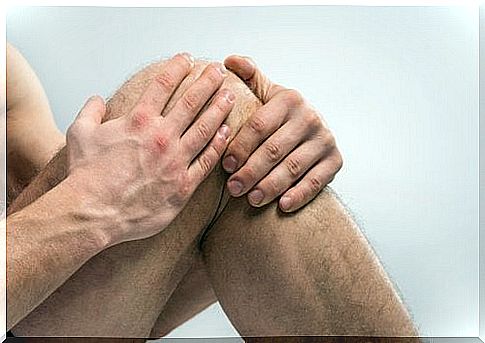
A variation on this exercise is to do it with your legs in the air. To do this, your bottom should come to lie as close to the edge of the bed as possible.
Instead of taking your knee up, move it down and step on the floor with your foot. The other leg should be as straight as possible.
Stretching the flexor muscles
It is important to also train the muscles that run on the flexor side of the knee, on the “back” of the legs, so to speak. The corresponding exercise is performed in the prone position. The arms are at the side of the body.
Lift your right leg as high as you can and hold it in this position for a few seconds.
If the other leg doesn’t touch the ground, it’s all the better, but also heavier. Do 10 reps before switching sides.
Stretching while standing
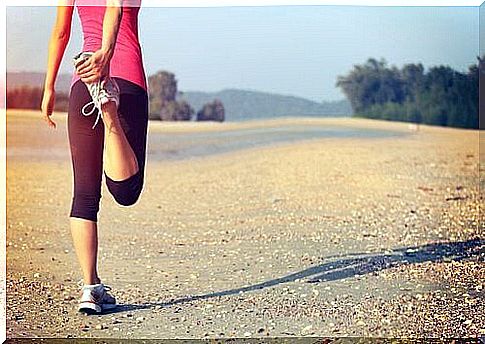
Stand in front of a wall or the back of a chair for better balance. Bend one leg so that your heel is almost touching your bottom.
Use your hand to pull your foot towards your buttocks. You will notice that you are stretching your leg muscles. Hold this position for a few seconds, then switch sides.
When doing this exercise, make sure that your knees are as close together as possible.
Don’t forget: the right training should be done regularly in order to be successful!
